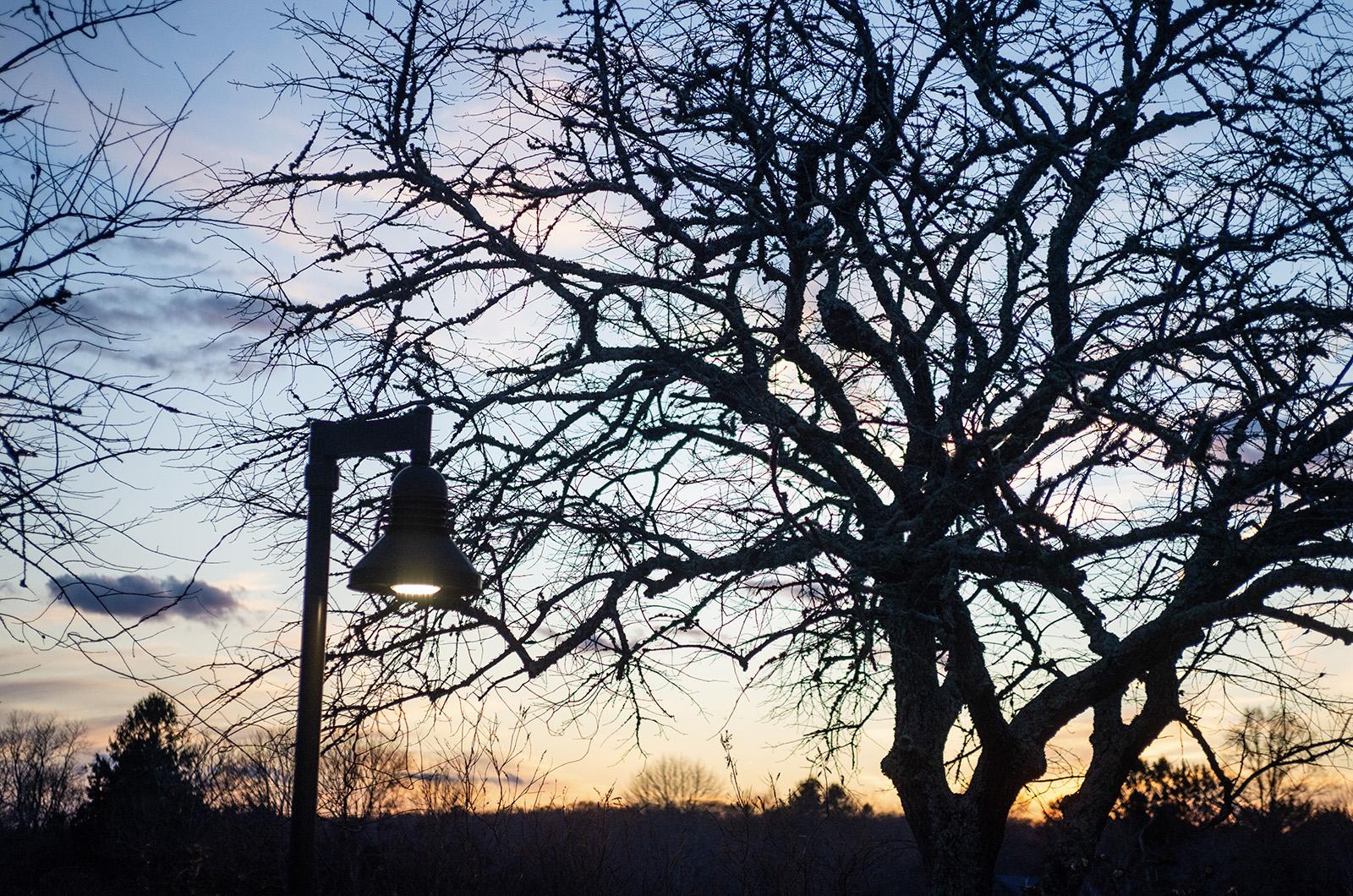Today, Valentine's Day, is a good time to be thinking about Venus tonight. Step outside shortly after sunset and look to the west for the brightest celestial object in our night sky, Venus. Venus is a spectacle and astronomers report that it is at its brightest.
It's brilliance is tied not just to its closeness but we are getting to see a larger portion of the cloud covered planet.
If you've got a pair of binoculars, anything more powerful than a 7 x 50, you may see more than just a dot in the sky. The planet is poised sideways to us, visually it looks like a crescent moon but far far away. Venus is getting closer to us at break-neck speed. You'll notice in the nights ahead, the planet will appear lower and lower in the western sky and then vanish before the end of March.
Venus will be at its closest to the earth, what is called inferior conjunction, on March 23. The planet will be closer to us than any other planet, at 26 million miles away. Imagine that the Earth is 93 million miles away from the Sun. Right after this date, Venus will move away and shift to being visible in our morning sky.
The time to look at Venus is now, as now the time is ideal. Stick around and you'll see the gibbous moon, the second brightest object in our night sky rise in the east.
| Day | Sunrise | Sunset |
|---|---|---|
| Fri., Feb. 14 | 6:38 | 5:13 |
| Sat., Feb. 15 | 6:37 | 5:14 |
| Sun., Feb. 16 | 6:36 | 5:15 |
| Mon., Feb. 17 | 6:34 | 5:17 |
| Tues., Feb. 18 | 6:33 | 5:18 |
| Wed., Feb. 19 | 6:32 | 5:19 |
| Thurs., Feb. 20 | 6:30 | 5:20 |
| Fri., Feb. 21 | 6:29 | 5:22 |
| Day | Max (Fº) | Min (Fº) | Inches |
|---|---|---|---|
| Feb. 7 | 41 | 30 | 0.29 |
| Feb. 8 | 45 | 22 | 0.00 |
| Feb. 9 | 35 | 23 | *0.61 |
| Feb. 10 | 35 | 20 | 0.00 |
| Feb. 11 | 39 | 13 | 0.00 |
| Feb. 12 | 36 | 28 | *0.15 |
| Feb. 13 | 41 | 33 | 0.35 |




Comments
Comment policy »